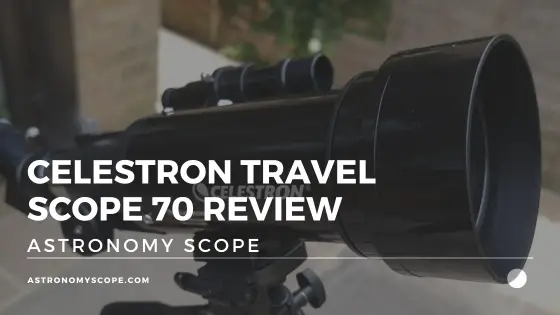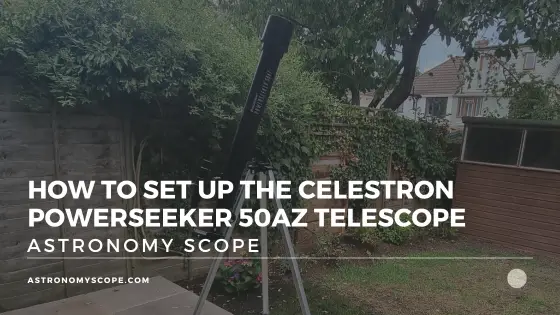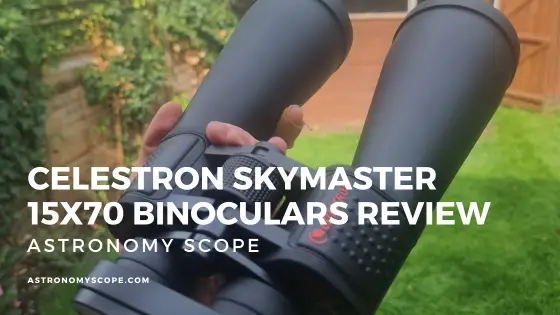Astronomy Scope
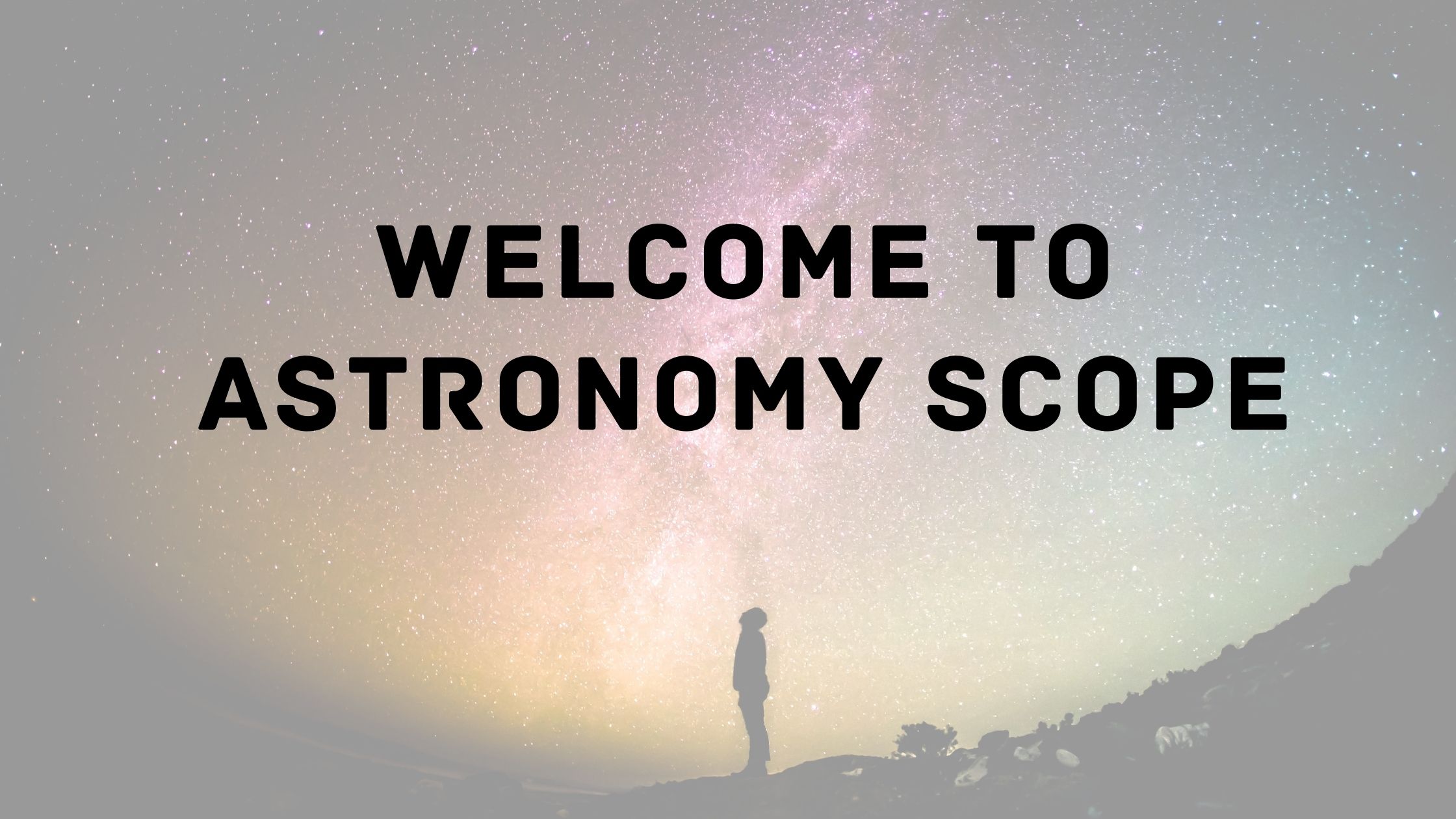
Your complete resource for Astronomy, Astrophotography, Stargazing & Equipment.
As Featured In

Latest Articles
- Celestron PowerSeeker 127EQ ReviewWelcome to my comprehensive review of the Celestron PowerSeeker 127EQ telescope. As an astronomy enthusiast, I’ve spent considerable time exploring the night sky with various telescopes, and today, I’m excited to share my insights on this particular model. The Celestron PowerSeeker 127EQ combines affordability with functionality, making it an appealing choice for beginners and those on a budget. In this …
- Celestron StarSense Explorer LT 114AZ ReviewWelcome to my Celestron StarSense Explorer 114 LT Review. Today, I am going to be sharing my personal experience with this increasingly popular and high-regarded telescope. Ultimately, I want to help you find out if it is right for you. Besides, I did a lot of research before getting it. I’ve also owned it for several months now and have …
- Celestron SkyMaster 12×60 Binoculars Review [My Experience + Thoughts]Welcome to my Celestron SkyMaster Binoculars 12×60 Review. Since buying these binoculars several months ago, and having the chance to test them in various settings/contexts, I feel the time is right to share my thoughts, opinions and experiences with you here today. So in this review, I’ll share everything there is to know, ranging from the things I like, to …
- Best Astronomy Magazines [These Are The Ones You Want]Are you looking for the best astronomy magazines? One’s that will enable you to learn as much as you can about astronomy, along with fascinating insights and developments into this amazing natural science? Then, you’ve come to the right place. As an avid astronomy enthusiast, I’ve signed up to many a subscription in my time. Today, I’ll be sharing with …
- Celestron LensPen Review – Here’s Why You Need ItWelcome to my Celestron LensPen Review. Having multiple pairs of binoculars, and several telescopes, and simply needing an optimal way to clean the lenses, I decided to buy the Celestron LensPen to see if this device could do the job. And not just once, consistently, time and time again. Having used this tool multiple times, I thought I would just …
- How To Attach Binoculars To Tripod – Step By StepWelcome to my comprehensive guide on attaching binoculars to a tripod! Whether you’re an avid birdwatcher, stargazer, or simply love observing the world in detail, this guide will help you set up your equipment for the best viewing experience. How To Attach Binoculars To Tripod In this example, I’ll be using the Celestron SkyMaster 15×70 binoculars and a K&F Concept …
- Celestron SkyMaster 20×80 Binoculars Review [My Experience + Thoughts]Welcome to my Celestron SkyMaster 20×80 Binoculars Review. Having recently bought these binoculars, and spent some time testing them out in the field, I thought now would be the ideal time to share my thoughts and opinions here today. In this review, I’ll share exactly how I got on with them, the things I like, aspects to consider and even …
- Celestron Skymaster 20×80 vs 25×70 [Compared & Reviewed]Are you looking at Celestron SkyMaster Binoculars and are not sure which pair to get? Would you like to see a 20×80 vs 25×70 comparison and review of the spec so that you can make an informed decision? If so, this guide will help you do just that. So, what is the difference between the Celestron Skymaster 20×80 vs 25×70? …
- How To Set Up The Celestron Travel Scope 70 [Step By Step]Have you just received your new Celestron Travel Scope 70 telescope but feeling a bit overwhelmed about how set it up? Maybe you can’t find the instruction manual that came with it! Not to worry. Setting up this portable telescope for the first time can seem daunting, but there’s no need to fret – this guide has got you covered. …
- Celestron Travel Scope 70 Review [Should You Buy It?]Welcome to my Celestron Travel Scope 70 review! As an avid amateur astronomer who loves to take my telescope on the road, I was eager to test out the Travel Scope 70. This lightweight, compact telescope seemed like the perfect option for portability without sacrificing quality. But was the purchase the right one? Am I pleased? Am I satisfied? Well, …
- How To Set Up The Celestron PowerSeeker 50AZ Telescope [Step By Step]Have you just unpacked your new Celestron PowerSeeker 50az telescope and are feeling a bit lost about where to begin? Perhaps you’ve even lost the instruction pamphlet that comes with it! Don’t sweat it! Setting up this telescope for the first time can be intimidating, but fear not – you’ve come to the right place. In this straightforward guide, I’ll …
- Celestron SkyMaster 15×70 Binoculars Review [My Experience + Thoughts]Welcome to my Celestron SkyMaster 15×70 Binoculars Review. If you’re interested in experiencing the wonders of the night sky in greater depth and seeking a powerful, yet affordable pair of astronomy binoculars, this guide is for you. As an avid stargazer and binocular enthusiast, I recently had the opportunity to test out these 15×70 Celestrons during numerous night sky viewing …
More From The Blog
Want To Search For Something Specifically?
About Me
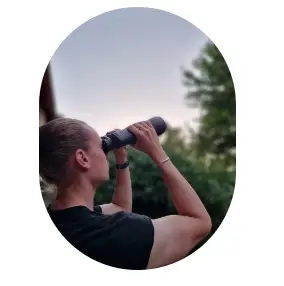
Hey. I’m Jeremy, a passionate astronomer who loves to stargaze and observe the night sky.
Astronomy Scope is the website I built to share and document all the things I learn about astronomy.
I hope that my work can help you get the most out of this fascinating natural science.
Learn more about me, my credentials, and why I started this site here.
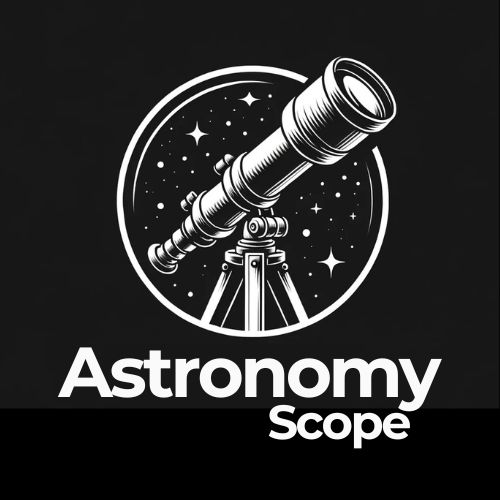
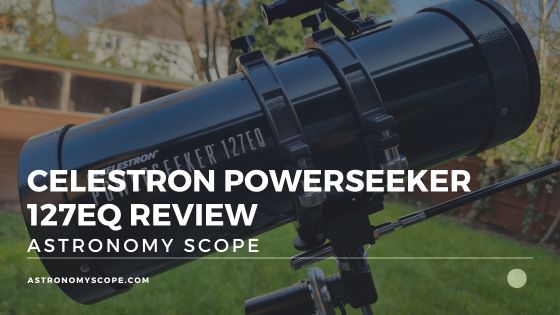
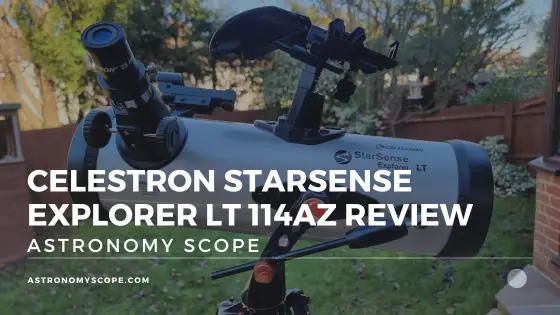
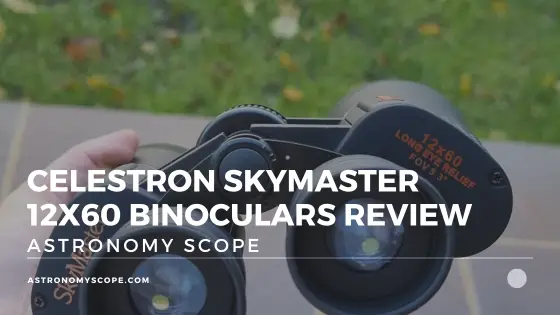

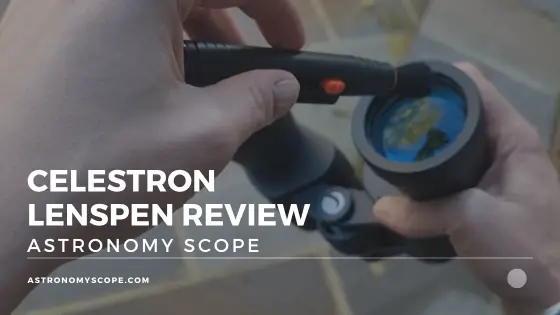
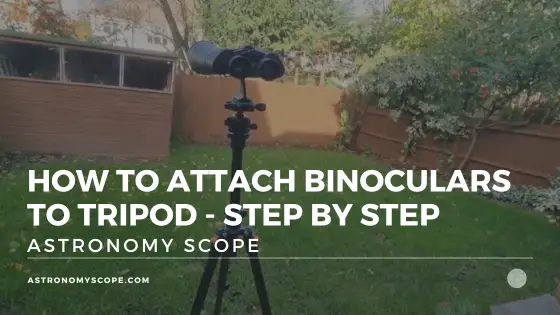
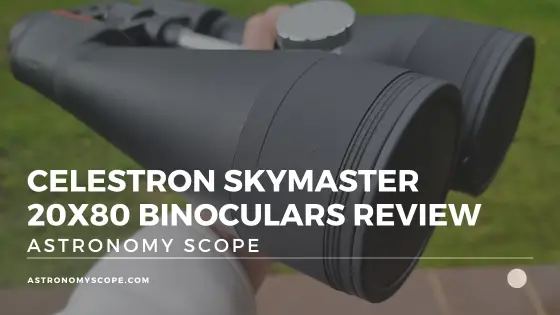
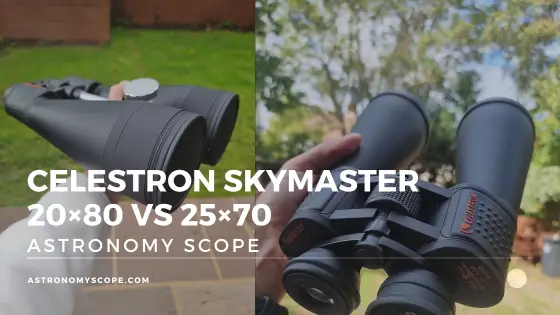
![How To Set Up The Celestron Travel Scope 70 [Step By Step]](https://www.astronomyscope.com/wp-content/uploads/2023/09/How-To-Set-Up-The-Celestron-Travel-Scope-70-Step-By-Step.png)
